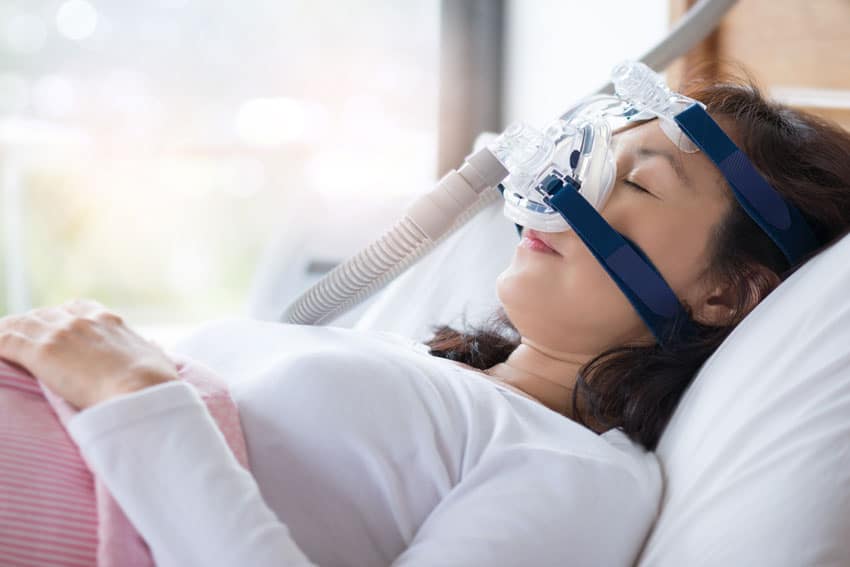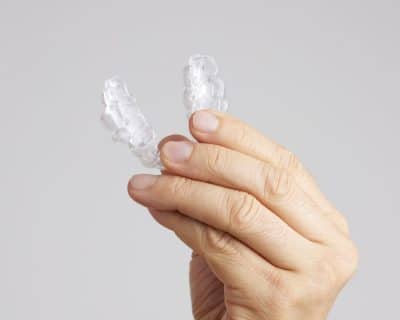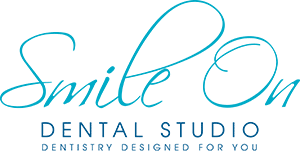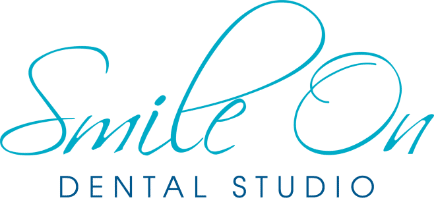Lifestyle Changes
Lifestyle changes are not enough to treat sleep apnea alone. Although these can sometimes cure your sleep apnea, they are too unreliable and take too long to rely on for treating a life-threatening condition. However, making changes in your lifestyle can reduce the severity of sleep apnea in support of other treatments.
You can support other sleep apnea treatments by:
- Changing your sleeping position
- Avoiding alcohol and sedatives at night
- Losing weight
- Getting more exercise
If you currently sleep on your back, you can reduce sleep apnea severity by switching to side sleeping or elevating your head and torso while you sleep.
Alcohol and sedatives relax your muscles, so they let your airway collapse at night.
Obesity and inactivity contribute to sleep apnea. If you lose weight, you will reduce soft tissue in and around your airway, making it easier for your muscles to hold your airway open at night.
Exercise will help improve your muscle tone, which will also help your airway stay open. However, sleep apnea affects your metabolism in ways that make it harder to lose weight and increase exercise. Starting sleep apnea treatment can make it easier to achieve your weight loss and activity goals.
 Continuous Positive Airway Pressure (CPAP)
Continuous Positive Airway Pressure (CPAP)
CPAP is considered the gold standard of sleep apnea treatment because, if used properly, it can provide nearly 100% relief from sleep apnea. CPAP uses a pump to force air via a hose and mask into your airway, pushing your airway open.
However, less than half of people prescribed CPAP can adapt to it or use it long-term. People don’t like CPAP because it is:
- Uncomfortable
- Inconvenient
- A nuisance to clean and maintain
- Difficult to transport
- Associated with negative side effects
Strapping a mask on your face every night can be uncomfortable for many people. There are multiple mask designs, so it is sometimes possible for people to find a mask that works for them.
The multiple preparations necessary for using CPAP every night can be inconvenient. They typically involve reassembling the hose and mask and setting up accessories like the humidifier.
CPAP components often need to be cleaned daily, with more extensive maintenance necessary at regular intervals. With all the components of a CPAP machine, they can be hard to transport and may be hard to use when you travel.
Many people experience negative side effects from CPAP use, from acne breakouts to gassiness. Although these aren’t serious, they can make CPAP seem unpleasant and not worth the trouble.
Although doctors commonly prescribe CPAP for everyone, it’s only strictly necessary for people with severe sleep apnea or central sleep apnea, which is relatively rare.
 Oral Appliance Therapy (OAT)
Oral Appliance Therapy (OAT)
Oral appliance therapy is a comfortable and effective alternative to CPAP. Research confirms that for most people oral appliances treat sleep apnea as effectively as CPAP. An oral appliance works by repositioning your jaw. Since your jaw helps support your airway, this keeps your airway open so you can breathe easily at night.
At Smile On Dental Studio, we offer ProSomnus oral appliances, which 96% of users prefer over CPAP and other traditional treatments. People like that their oral appliance is:
- Comfortable
- Convenient
- Easy to transport
- Low cost
Oral appliances slip into your mouth and fit over your teeth like retainers or teeth whitening trays. The ProSomnus has the advantage of being one of the smallest appliances available, making it very comfortable to wear and offering more space for your tongue so you can speak and drink water while wearing it.
Oral appliances are very convenient to use. Just put them in before you go to sleep. Clean them easily in the morning with soap and water.
CPAP often requires a separate piece of luggage to transport. Oral appliances fit in your pocket. In addition, CPAP needs power and a dedicated bedside area, but you need nothing else for your oral appliance.
Both oral appliances and CPAP are covered by insurance. However, you pay for an oral appliance just once, but CPAP has numerous ongoing costs. Research shows that CPAP can cost up to four times more than oral appliance therapy. In addition, you are likely to bear more of the cost for CPAP out-of-pocket than you would for an oral appliance.
Surgery
Because sleep apnea can increase surgical risks, sleep apnea surgery is recommended only if other treatment options aren’t working.
Doctors commonly perform three types of sleep apnea surgery. Traditional sleep apnea surgery removes excess tissue from your airway. This can help some people, but results tend to fade over time.
More invasive sleep apnea surgery reshapes and/or advances your jaw. It essentially tries to achieve the results of oral appliance therapy without the appliance.
Smile On Dental Studio does not recommend surgery to treat sleep apnea, as we offer effective, non-invasive solutions.
Effective Sleep Apnea Treatment in St. Louis
If you suspect sleep apnea or have been diagnosed with the condition, sleep dentist Dr. Chris Hill can help. He can help you get a sleep test, explain the treatment options, and provide oral appliance therapy.
Please call (314) 678-7876 or use our online form today to request an appointment at Smile On Dental Studio in St. Louis.

